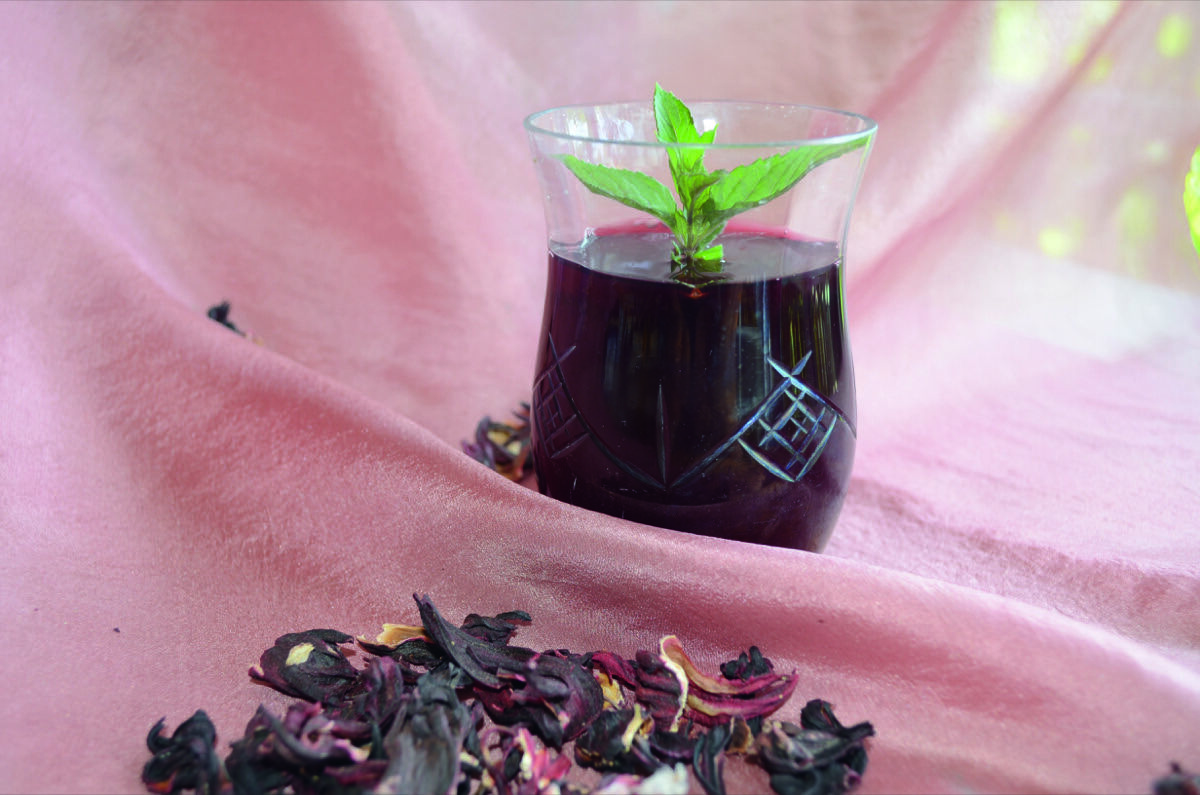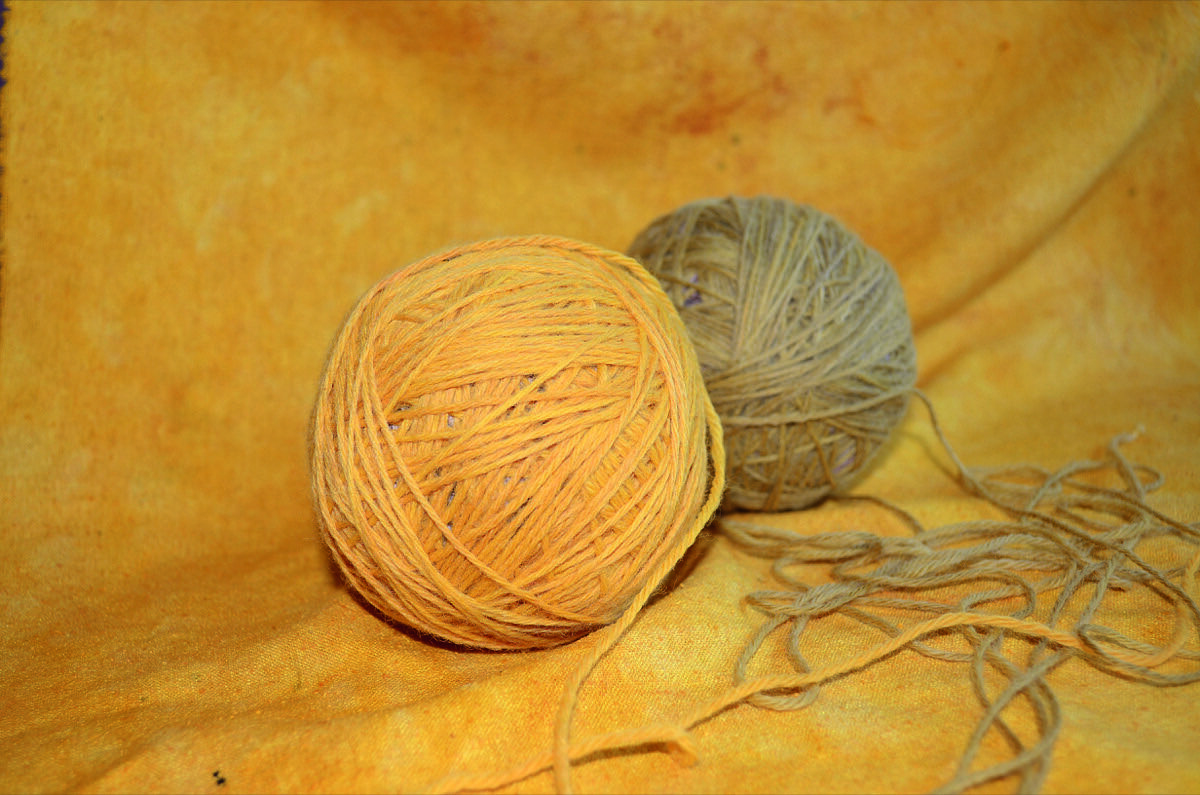For their part, Ebner and Hasenöhrl begin by laying out the materials and space you’ll need to get started. As they explain, setting up a dyeing studio is easier than you might think. You’ll need a space that is large enough for several buckets and containers, as well as supplies including fabrics, plants, spoons, tongs, and a drying rack or clothesline. The authors recommend dyeing outdoors or in a dedicated room as opposed to in the kitchen, due to the odors and messes that some plant pigments can create.
When it comes to choosing the fabric you’ll dye, many textiles are game—from wool, silk, and cotton to nettle fiber and hemp. But know that each will respond to a given dye differently; some might saturate more easily, and others less. No matter what the material, it should be washed before the dyeing process begins. This allows the cloth to better absorb the colors they’re dunked into. (If you’re unsure if a fabric is machine washer–safe, wash it by hand. Also, note that after you complete the plant-dyeing process, the resulting garment should only be washed by hand.)
Next, you’ll need to prepare your cloth through a process called mordanting, which will further enhance the fabric’s absorbency. There are numerous approaches, but a simple option is to purchase mineral-based aluminum mordant, which is available online and in most pharmacies. First, dissolve 100 grams of aluminum mordant in warm water, then pour the concoction into a bucket, filling it with up to five liters of cold water. After, submerge your cloth in the mixture for at least three hours (longer won’t hurt), then rinse and wring out your material. (Make sure to wear gloves when handling the mordant; most varieties of it are natural, but they can still irritate the skin and shouldn’t be ingested.) Now, your fabric is ready to take the plant dye.
Ebner and Hasenöhrl detail many dye recipes, each of which achieves different levels of saturation and effects, but they recommend a basic version for beginners. To create your dye, use one kilogram of dyestuff (the plant you choose to dye your cloth) per kilogram of dyeing fabric—say, one kilogram of dried hibiscus flower for one kilogram of silk. Soak the dyestuff in a large pot filled with enough water to also fully submerge your fabric.
The following day, heat the mixture slowly on a stove or portable burner, letting it boil for one to two hours. Allow it to cool, then use a strainer to remove the plants from the liquid, called the dye bath. Immerse your fabric, then heat the pot slowly again, this time bringing it to a boil for about an hour. Then, carefully remove the fabric, rinse it, and hang it to dry. Voilà!
(Another step, known as post-mordanting, can be added, but is not necessary. This consists of removing your cloth from the dye bath, adding a shot of iron-infused water into the pot, mixing, then adding your cloth back in. This will deepen the hue of your cloth.)
Of course, a wide range of natural materials can be used as dyestuff, and each achieves a different hue, depending on the particular plant you use. Below, we excerpt some of our favorites from Ebner and Hasenöhrl’s tome—all easily sourced from your home or local market.






